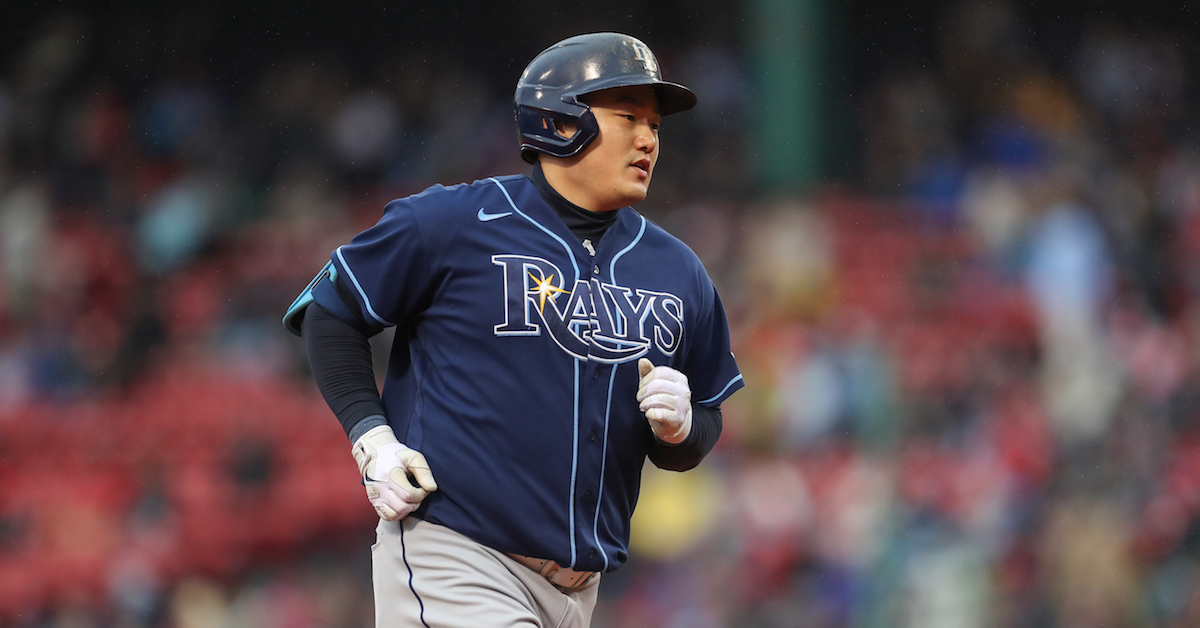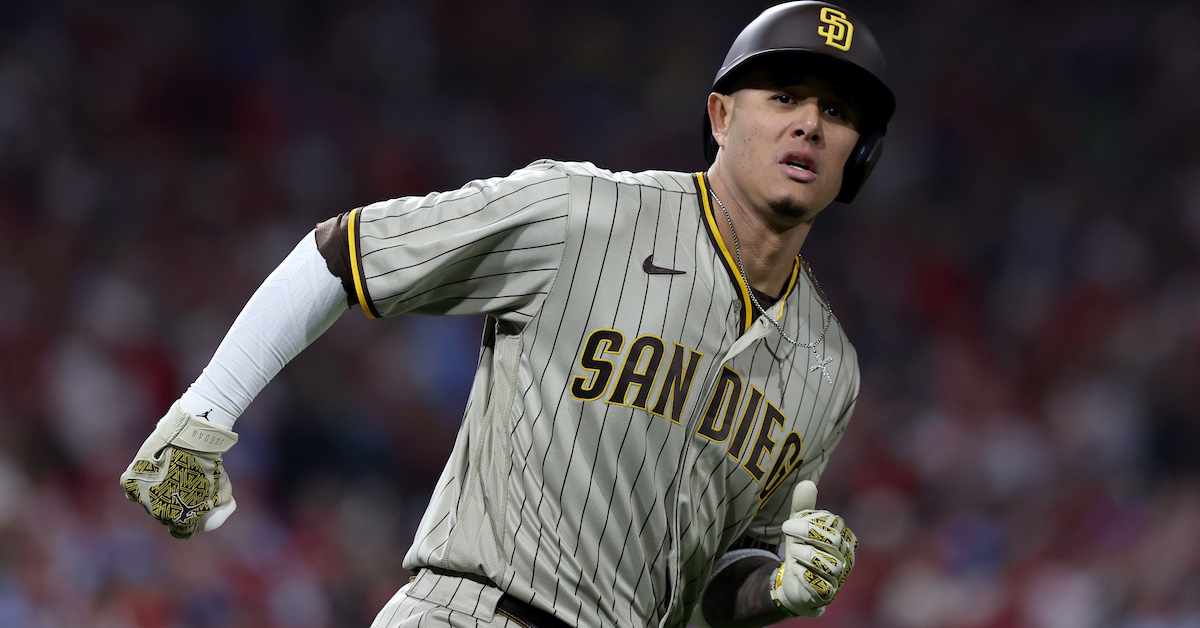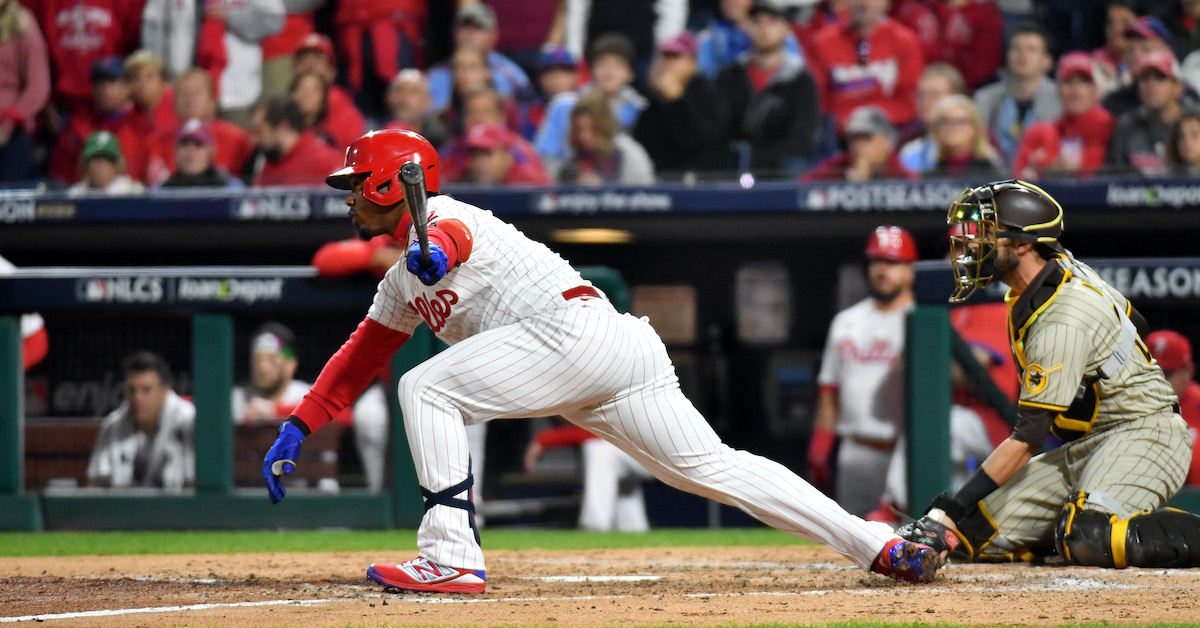Red Sox Take a Chance on Joely Rodríguez With Incentive-Laden Deal

If the BABIP gods change their minds, the Red Sox are the first in line. Last week, they inked left-handed reliever Joely Rodríguez, formerly of the Mets, to an incentive-laden, one-year contract with a team option for 2024. If he pitches like his peripheral numbers indicate he can, the signing should prove fruitful for Boston.
Rodríguez will make a base salary of $1.5 million in 2023, with a chance to earn an additional $2.25 million in incentives. He’ll receive a $50,000 bonus if he pitches in 30 games and an extra $50,000 each for reaching the 40-, 50-, 60-, and 70-game plateaus. On top of that, he’ll earn a bigger bonus the longer he remains on the active roster — an extra $500,000 each for logging 30, 60, 90, and 120 days.
Barring a significant injury or complete meltdown, Rodríguez should easily reach 120 days of service time in 2023. In other words, that $2 million bonus is practically money in his pocket. On the other hand, the games-pitched incentive is less of a guarantee. Rodríguez pitched 50-plus games in both of the past two seasons but has yet to cross the 60-game threshold in his MLB career. He has gotten close, however, and 2023 could be the year it finally happens. With the Red Sox, not only will he find himself a little higher up on the bullpen depth chart, but there will also be more relief opportunities to go around, as Boston’s starting rotation is unlikely to pitch quite as deep into games as New York’s. All that to say, he can reasonably expect to earn the $50,000 bonus for pitching 30, 40, and 50 games, and he might pocket another $50,000 for reaching the 60-game plateau; 70 games still seems a little out of reach.
After the deal’s first year, the Red Sox have a team option for $4.25 million (with another $250,000 in games-pitched incentives). If they choose not to exercise the option, Rodríguez receives a $500,000 buyout. In short, the deal is for a minimum of one year and $2 million, with a maximum potential of two years and $8.25 million. Read the rest of this entry »









